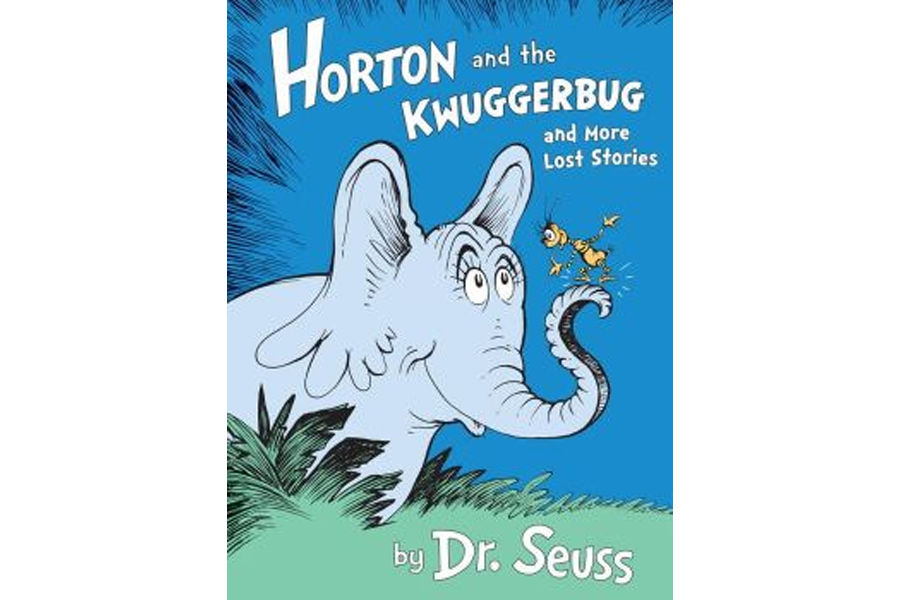Lost Dr. Seuss stories from the 1950s come back into print
Loading...
One book, two books, old books – new books?
Theodor Geisel, writing as Dr. Seuss, is one of the most famous children's authors of all time, known for his colorful illustrations, rhyming verse, and imaginative stories. He published his last book in 1990, a year before his death, but the world hadn't seen the last of Dr. Seuss.
This September, Random House will publish "Horton and the Kwuggerbug and More Lost Stories," a collection of four short stories that faded from public memory around 60 years ago and have not been seen since.
According to the Guardian, the stories set to be published originally appeared in Redbook Magazine between 1951 and 1955.
The magazine frequently published Seuss's work. According to the Children's Picture Books Collecting blog, Redbook Magazine published at least 23 short stories by the author. All but one of these 23 never became children's books, and were never republished in Seuss's lifetime.
Readers will notice a few familiar faces and well-known places in the upcoming collection.
According to the Detroit Free Press, the titular Horton is, in fact, the same caring elephant from "Horton hears a Who," this time tricked by a small insect into crossing a river and climbing a mountain. Two of the stories happen on Mulberry Street, a location shared with "Oh, to Think that I Saw it on Mulberry Street," Seuss's first book. One even stars Marco, the main character from the original Seuss book. Even the famous Grinch makes an appearance in the collection, though he's not quite the same as his more famous version from "How the Grinch Stole Christmas," which would come out a few years after the story in the magazine.
According to USA Today, readers have Charles D. Cohen to thank for the republished stories. Though a dentist by trade, Cohen is known to most of the world as a foremost collector of Seuss items and memorabilia. He tracked down the magazines that published Dr. Seuss stories for the "Kwuggerbug" collection, as well as a previous collection of lost tales, "The Bippolo Seed and Other Lost Stories," published in 2011.
"For the most part, those magazines were tossed out when the next month's issue arrived and the stories were largely forgotten," Cohen writes in the introduction to the upcoming collection, calling the stories "fresh encounters with old friends and familiar places."
Though Seuss never had any children himself, the author wrote 43 children's books during his long career, from 1936 to 1990. His books are often sprinkled with morals embedded in fantastic, colorful worlds that have connected with kids for generations.
Many of his books also have unexpectedly high-stakes themes, such as criticism of the Cold War policy of mutually assured destruction in "The Butter Battle Book," condemnation of Nazism in "Yertle the Turtle," and the promotion of environmentalism in "The Lorax."
Dr. Seuss's books have spawned television series, specials, films, and even a musical.
"Horton and the Kwuggerbug and More Lost Stories" is set to be published on September 9th.
Weston Williams is a Monitor contributor.






